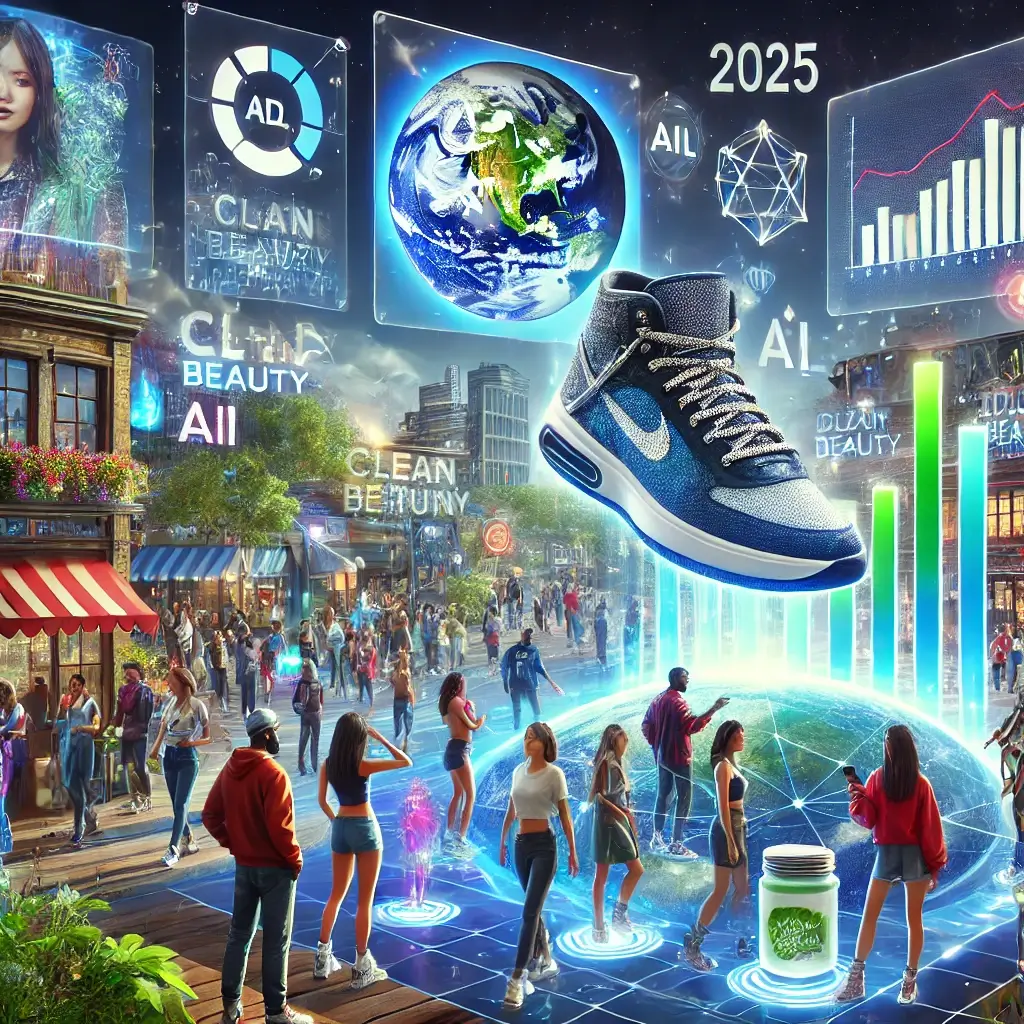The Evolution of Influencer Marketing
As the digital landscape becomes increasingly saturated, influencer marketing stands out as a vibrant, adaptable tool that continues to evolve. By 2025, the influencer marketing industry is expected to surpass $24 billion globally, signaling a maturation that demands bold and innovative approaches. Brands that wish to thrive in this dynamic arena must break away from traditional strategies and embrace a forward-thinking mindset.
Drivers of Transformation
This transformation is driven by heightened consumer expectations, advances in technology, and a shifting focus toward transparency and social responsibility. From leveraging AI-driven insights to forming meaningful, long-term partnerships, the rules of influencer marketing are being rewritten. The coming years will see a blend of technological innovation and human creativity as the foundation of successful campaigns.
Preparing for the Future
In this article, we outline groundbreaking strategies that will define influencer marketing in 2025. These approaches prioritize agility, accountability, and alignment with consumer values, ensuring brands stay ahead of the curve.
Revolutionary Strategies for 2025
1. Embracing Disruptive Campaigns
To stand out in a crowded market, brands must embrace bold, disruptive campaigns that challenge norms and captivate audiences. These campaigns often leverage unconventional influencers or address trending social issues to spark engagement.
Example: A sneaker brand collaborated with climate activists to create a campaign highlighting sustainable practices in the footwear industry. This daring approach generated widespread media coverage and increased brand awareness by 35%.
2. Harnessing AI to Predict Trends
AI is not just a tool for influencer selection; it’s becoming essential for predicting trends and audience preferences. By analyzing vast datasets, AI can help brands identify emerging topics and tailor their campaigns accordingly.
Example: A beauty brand used AI to detect a growing interest in clean beauty products. By partnering with influencers passionate about eco-friendly cosmetics, they launched a successful product line that exceeded sales projections by 50%.
3. Prioritizing Diversity and Inclusion
Consumers demand representation in marketing, and 2025 will see a continued emphasis on diversity and inclusion. Brands must collaborate with influencers who reflect the diverse identities of their target audiences.
Case Study: A tech company partnered with influencers from underrepresented communities to promote a new app. This initiative increased downloads by 40% and earned praise for its inclusive approach.
4. Gamification and Interactive Content
Interactive content is reshaping how brands engage with audiences. By incorporating gamification elements into influencer campaigns, brands can create immersive experiences that drive deeper engagement.
Example: A gaming company launched a challenge where influencers competed in a live-streamed tournament using their latest product. Viewers participated by voting for their favorite influencers, resulting in a 60% increase in product mentions on social media.
5. Measuring Holistic Impact
Success metrics are evolving beyond engagement and ROI. Brands in 2025 will adopt a holistic approach, considering factors such as social impact, brand loyalty, and community growth.
Case Study: A nonprofit organization collaborated with influencers to raise awareness about mental health. By tracking both quantitative metrics (like donations) and qualitative feedback (such as user testimonials), they gained a comprehensive view of their campaign’s success.
Conclusion
Influencer marketing in 2025 will demand boldness, creativity, and a willingness to embrace change. Brands that prioritize disruptive strategies, leverage AI insights, champion diversity, and focus on interactive content will redefine the industry. By adopting a holistic approach to measuring success, they can ensure lasting impact and meaningful connections with their audiences.
As the future unfolds, one thing remains clear: innovation is not optional; it’s the key to thriving in the ever-evolving influencer marketing landscape.
References
Influencer Marketing Hub. “The State of Influencer Marketing in 2024.” Published 2024. Link
AspireIQ. “Harnessing AI to Predict Consumer Trends.” Published 2024. Link
Forbes. “Why Diversity Matters in Marketing Campaigns.” Published 2023. Link
Social Media Today. “Gamification in Influencer Marketing: A Game Changer.” Published 2024. Link
Hootsuite. “Redefining Success Metrics for Influencer Campaigns.” Published 2024. Link
